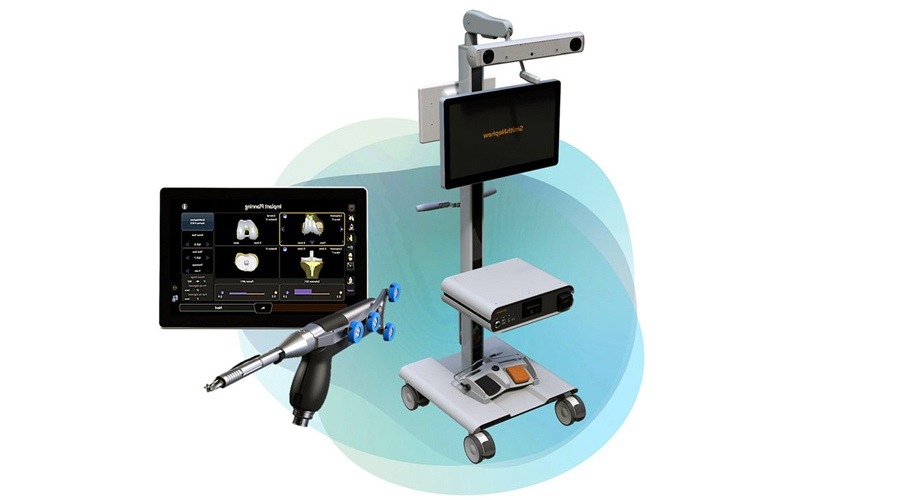Tiny hydrogel robots developed at the University of Waterloo could enable minimally invasive medical procedures inside patients. The innovative microbots are constructed from non-toxic plant-derived materials.
At less than a centimeter long, the soft bots can delicately swim through confined spaces like blood vessels and body cavities. Researchers envision them performing targeted drug delivery, tissue biopsies, and manipulating individual cells.
"We're creating new microrobots using traditional soft materials such as hydrogels, liquid crystals, and colloids," said Professor Hamed Shahsavan, who leads the project. His team combines old and new approaches by programming the robots' shape-changing with precisely arranged cellulose nanoparticles harvested from plants.
The robots' hydrogel bodies are activated by chemical signals to shift their form, allowing them to crawl or tumble through fluid environments. Carefully tuning the cellulose orientation enables complex self-morphing motions that can be controlled remotely by the researchers.
Shahsavan calls this a holistic strategy encompassing the robots' development, synthesis, fabrication, and manipulation. "The hydrogel we use changes shape in response to external chemical stimulation," he explained. "Being able to arbitrarily align the cellulose nanoparticles allows us to program this transformation."
That programmability makes the microbots exceptionally versatile. They can even heal themselves - researchers can slice into the material then rejoin it without adhesives, reprogramming fresh shapes as needed for different medical tasks.
To steer the tiny robots inside patients, the team can incorporate nano-scale magnetic particles into their hydrogel bodies. Simple magnetic fields then remotely command their orientation and locomotion with high precision.
As a demonstration, the researchers maneuvered a microbot through an intricate miniature maze by tweaking the external magnets. This proves the concept's potential for navigating real-world environments like the human circulatory system.
The plant-based hydrogels also make these robots exceptionally biocompatible and environmentally friendly compared to designs using synthetic polymers.
"The next phase of this research is scaling the robots down to sub-millimeter sizes," Shahsavan said. Eventually, swarms of the microscopic medibots could non-invasively deliver therapy, take biopsies, and augment healing processes anywhere required inside the body.
With stimulus-responsive materials and tailored magnetic controls, the Waterloo team has pioneered a new generation of tiny smart robots built from the bottom-up. Their innovative blending of old and new technologies points towards autonomous micromachines that could one day enable targeted minimally invasive medicine.


















